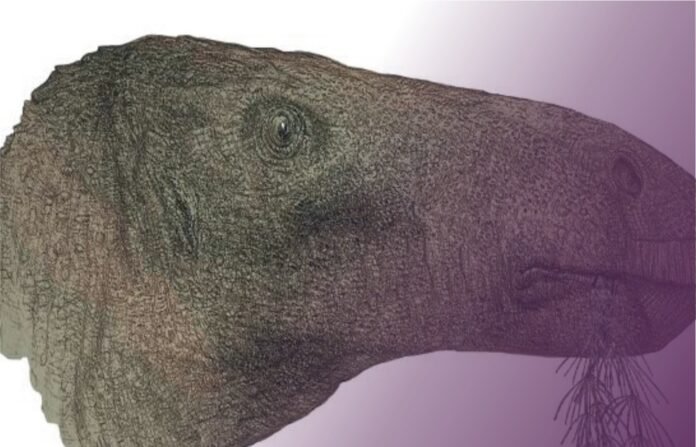Scientists found Britain’s most complete dinosaur specimen in a century on the Isle of Wight. The Early Cretaceous herbivorous dinosaur, estimated to have lived 125 million years ago, provides a unique peek into prehistoric existence.
After its 2013 discovery by fossil collector Nick Chase, this dinosaur was named “Comptonatus chasei” and weighed about 900 kilograms, similar to a huge male American bison. The dig, conducted by Portsmouth PhD student Jeremy Lockwood, found 149 bones on Compton Bay’s cliffs.
Lockwood believes Comptonatus chasei lived in herds, illustrating ancient English dinosaur social behavior. This discovery showcases the late Nick Chase’s fossil hunting skills and advances paleontology. It illuminates Britain’s prehistoric ecology by revealing the diversity of dinosaurs.
A recent Journal of Systematic Palaeontology study highlights the importance of Isle of Wight exploration and preservation. This region is a dinosaur hotspot, featuring the discovery of a meat-eating dinosaur larger than any European predator.
Comptonatus chasei, a unique specimen of England’s paleontological legacy, helps scientists understand Early Cretaceous dinosaur evolution and diversity. Academics are researching these antiquated artifacts to learn more about the amazing dinosaur world that once ruled our planet millions of years ago.



